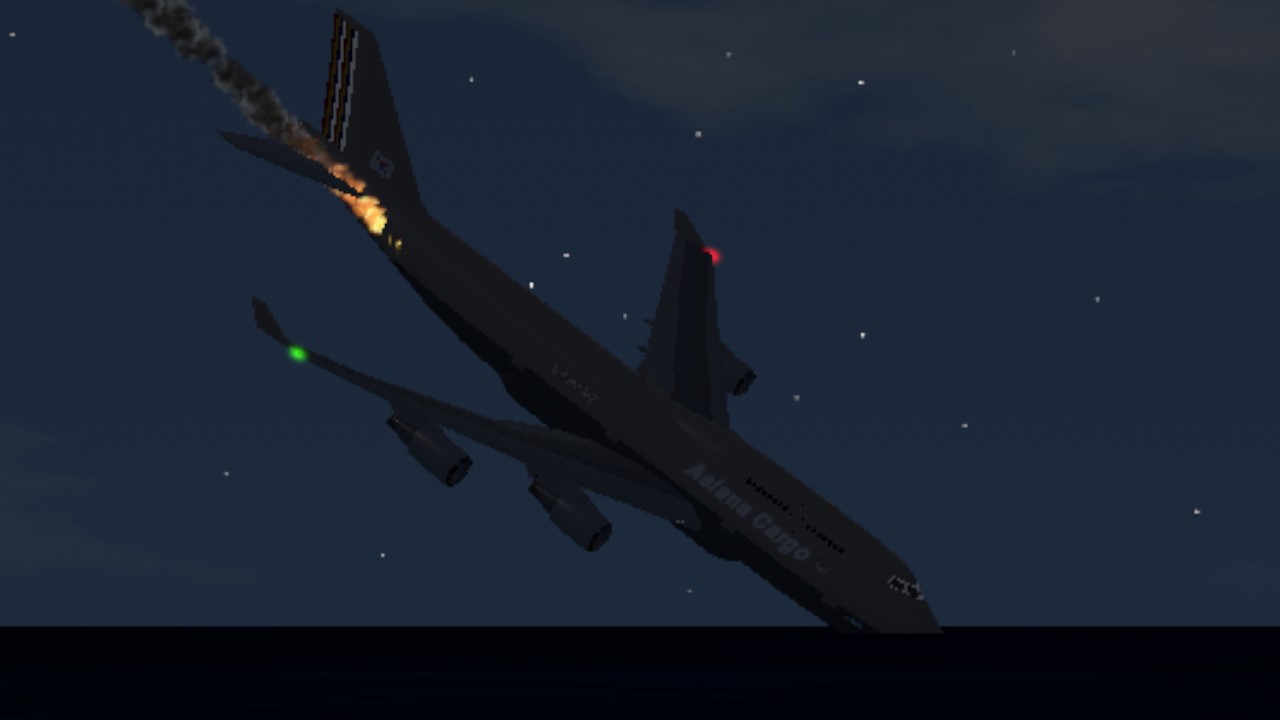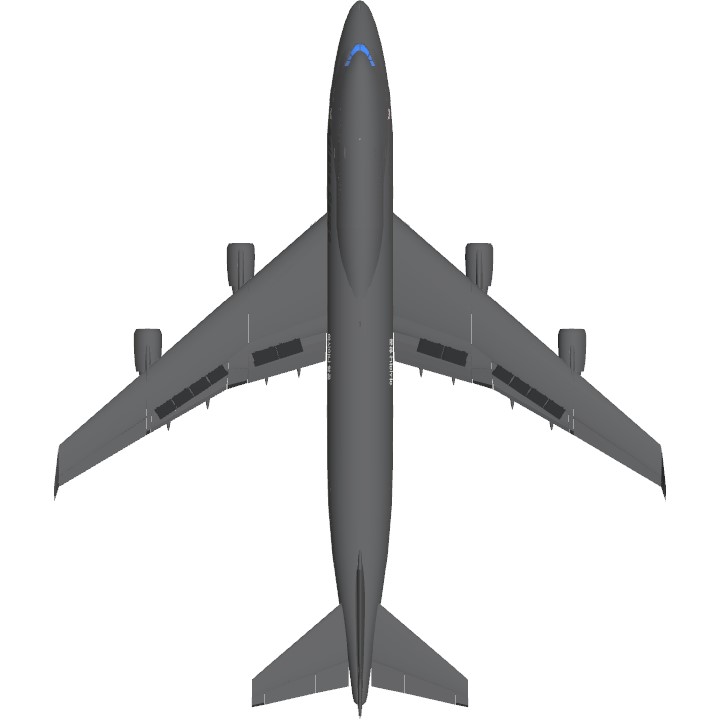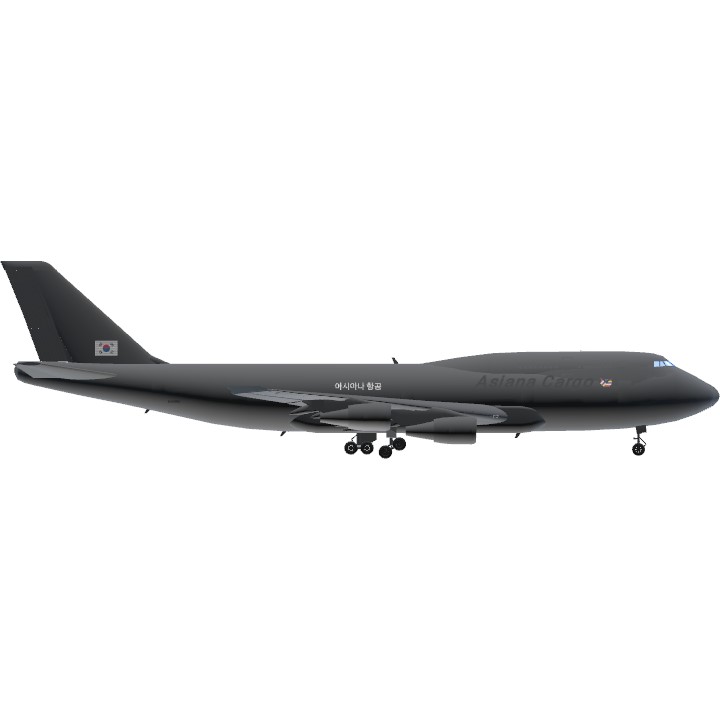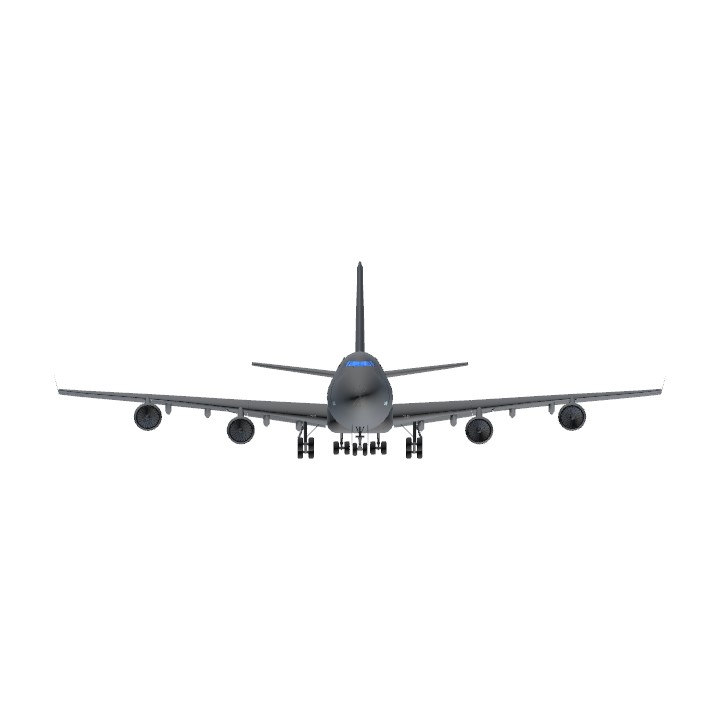About Asiana flight 991:
A Boeing 747-400F cargo plane, HL7604, was destroyed when it crashed into the sea off Jeju, South Korea. Both pilots were killed in the accident.
Asiana Airlines flight 991 departed Seoul-Incheon International Airport (ICN) at 03:05 on a cargo flight to Shanghai-Pudong International Airport (PVG), China.
At 03:51, at FL340, the copilot made initial contact with Shanghai Area Control Center (ACC).
Three minutes later the copilot radioed, "Shanghai control, Shanghai control, AAR991 request emergency descent, emergency, declare emergency due to fire main deck. Request descent, and descent to one-zero thousand." This request was approved.
In subsequent communication the copilot stated that they wanted to divert back to Jeju with a descent to FL100.
At 04:00, Shanghai Control instructed AAR991 to contact Incheon ACC for a radar vector to Jeju, however, AAR991 stated that it was unable to contact on that frequency. The radar data of Incheon ACC shows that at 04:01, AAR991 was flying at 8,200 ft at a ground speed of 404 kt on a heading of 033°, and after this, AAR991's altitude, ground speed, and heading changed inconsistently.
At 04:02 contact was transferred to Fukuoka ACC. The flight then radioed: "Fukuoka AAR991 mayday mayday mayday, we have cargo fire, request direct to Jeju please." With Fukuoka ACC failing to respond, the crew contacted Shanghai ACC again.
Korean Air flight KE886 was used to relay radar vectors and descent instructions from Incheon ACC. The captain then reported rudder control problems to KE886. Control problems appeared to worsen as the captain radioed: "Rudder control... flight control, all are not working." at 04:09.
Meanwhile the first officer managed to change frequencies to Jeju ACC, stating: "We have heavy vibration on the airplane, may need to make an emergency landing, emergency ditching.". Last contact was at 04:10 when the first officer radioed: "Altitude control is not available due to heavy vibration, going to ditch... ah." According to radar data the altitude at that time was about 10.000 feet.
The airplane then entered a high speed descent and struck the surface of the sea and broke up. The wreckage sank to a depth of about 85 metres.
The plane carried 58 tonnes of cargo, including 0.4 tonnes of potentially risky materials such as lithium batteries, paint, amino acid solution and synthetic resin.
Probably cause:
The Aviation and Railway Accident Investigation Board (ARAIB) determines the cause of this accident as follows:
A fire developed on or near the pallets containing dangerous goods but no physical evidence of the cause of the fire was found. The fire rapidly escalated into a large uncontained fire, and this caused some portions of the fuselage to separate from the aircraft in midair, thereby resulting in the crash.
Contributing Factors
1. Flammable materials like photo-resist (Class 3) were loaded in position ML, and flammable materials like paint, photo-resist, corrosive liquid, and lithium-ion batteries (Class 9) were loaded on one pallet in position PR.
2. It was difficult to contain a large scale of fire only by the fire suppression system of a Class E cargo compartment that was not equipped with an active fire suppression system.
Specifications
Spotlights
- CCCP0000001 one year ago
General Characteristics
- Predecessor Boeing 747-400 BCF Air China
- Successors 5 airplane(s) +14 bonus
- Created On iOS
- Wingspan 197.3ft (60.1m)
- Length 232.0ft (70.7m)
- Height 63.7ft (19.4m)
- Empty Weight 414,162lbs (187,861kg)
- Loaded Weight 715,860lbs (324,709kg)
Performance
- Power/Weight Ratio 0.649
- Wing Loading 76.0lbs/ft2 (371.1kg/m2)
- Wing Area 9,417.6ft2 (874.9m2)
- Drag Points 33270
Parts
- Number of Parts 744
- Control Surfaces 5
- Performance Cost 3,542




